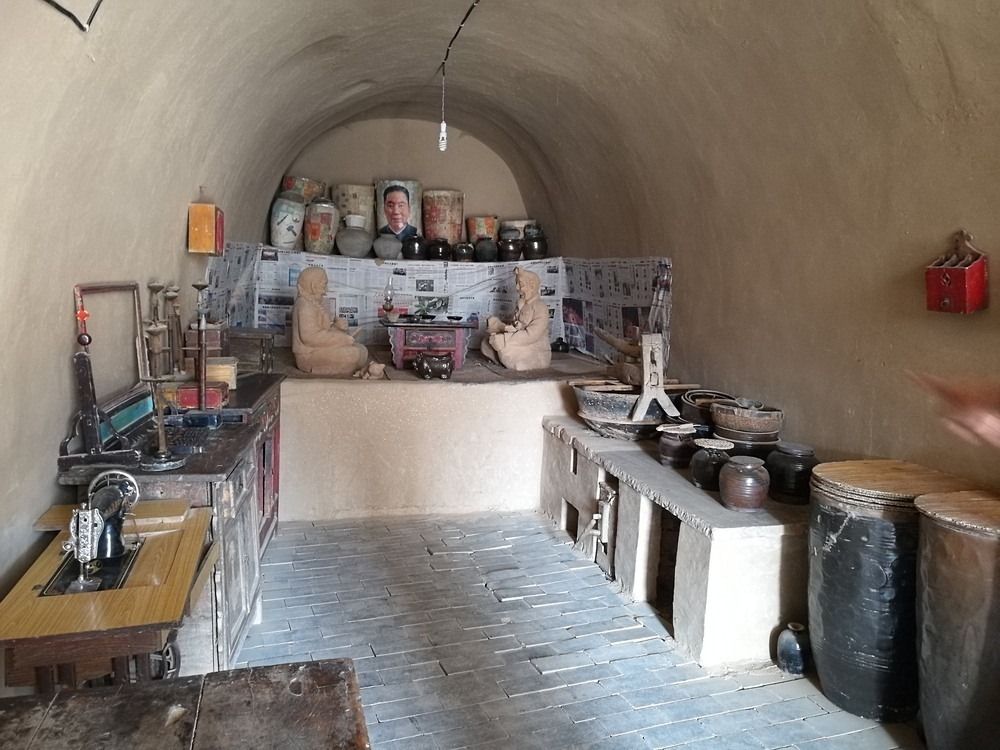For more than four thousand years, on the Loess Plateau in northern China, people have been residing in caves known as yaodong, which is Chinese for “house cave”. Some of these cave dwellings are carved out of the hillside, while others are dug vertically down to form a sunken courtyard from which rooms are excavated horizontally. The latter is the most unusual of which few equals exist in this world. The pit houses of Matmata in Tunisia come the closest.
The Loess Plateau, located around the Wei River valley in the provinces of Shaanxi and Shanxi, was enormously important to Chinese history as it formed one of the earliest cradle of Chinese civilization. The plateau was formed by the deposition of very fine particles of soil blown in by wind storms over millions of years. As a result, the soil here is very fine and loamy, and is highly fertile, easy to farm and dig, making cave dwelling a reasonable option.

The first yaodong appeared during the period of China's Xia Dynasty, some 4,000 years ago, although it wasn’t until the Han dynasty (206 BC to 220 AD), that they began to be more popular. The yaodong’s popularity reached its peak during the dynasties of Ming (1368 to 1644) and Qing (1644 to 1912). Even today, some 40 million people are believed to live in cave houses.
The most common type of yaodong are those which are dug on the faces and slopes of the plateau. These are located in regions on the edges of the Loess Plateau. In the interior of the plateau, where there are no hillsides and ravines, peasants dig a square pit on the ground and then dig the dwellings horizontally on the four walls to form a central, sunken courtyard. Entrance to these pit houses are usually through a ramp or an underground corridor.
A yaodong typically has a long vaulted room with a semicircular entrance covered with a wooden door or a quilt. The better caves protrude from the mountain and are reinforced with brick masonry. Often multiple dwellings are built adjacent to or on top of one another and connected together to make up a tiered village, often for a single clan or extended family.
These houses are very pleasant to live—cool in summers and warm in winters. When fitted with modern conveniences such as running water and electricity, a simple three-room cave with attached bathroom—totaling barely 750 square feet—can cost $46,000 in the market. A simple one-room cave without plumbing rents for $30 a month.

Aerial view of the cave dwelling complex at Shanzhou District on January 21, 2018 in Sanmenxia, Henan Province of China






Photo credit: kattebelletje/Flickr
Photo credit: Kevin Poh/Flickr

Yaodong: China’s Pit Houses
 Reviewed by CUZZ BLUE
on
March 04, 2018
Rating:
Reviewed by CUZZ BLUE
on
March 04, 2018
Rating:
 Reviewed by CUZZ BLUE
on
March 04, 2018
Rating:
Reviewed by CUZZ BLUE
on
March 04, 2018
Rating:
No comments: